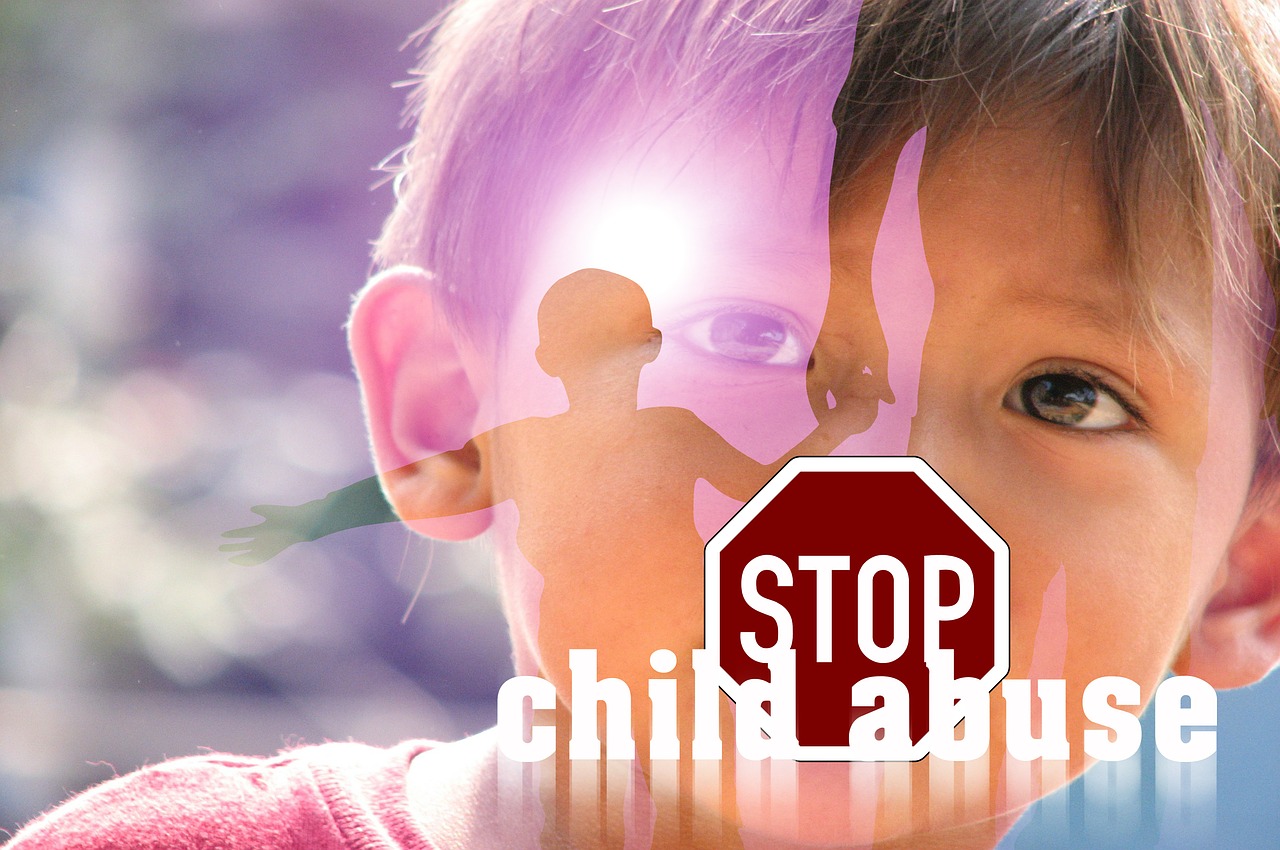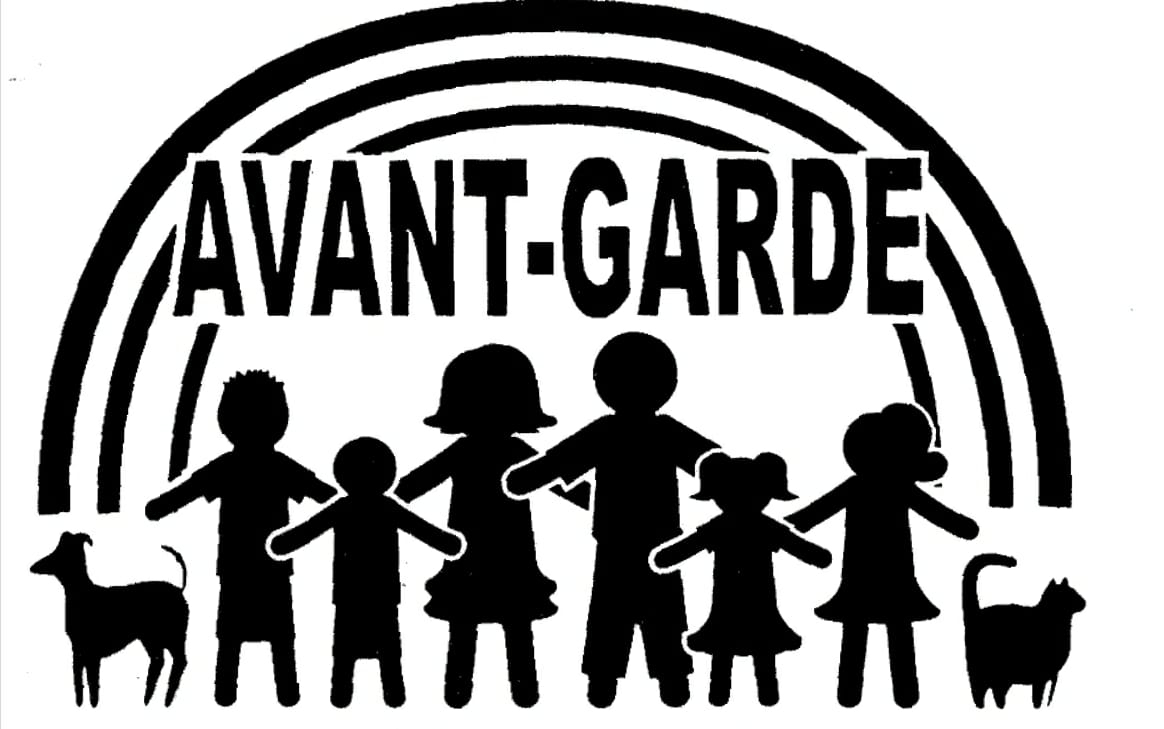
April is Child Abuse Prevention Month. It’s sad that such a thing need exist, but closing our eyes to the reality won’t make it go away.
There are many types of child abuse. Physical and emotional neglect, physical and verbal abuse, and sexual abuse are destroying children’s lives as you read this.
Child abuse prevention is the responsibility of us all. In fact, those who work with children are mandatory reporters, which means they are required by law to report any suspicion of abuse to the proper authorities. But you don’t have to be a legal reporter to help the vulnerable members of our society.
If we all work together, we can change the lives of countless children who are abused each day. If your efforts help even one child, think of the impact on that child’s life.
There are several steps we can take to be better watchmen over the children in our lives.
1. Be Aware
The following statistics show just how prevalent this epidemic is in the United States.
- Annually, over 7 million children are referred to protection agencies because of maltreatment or violence.
- About 5 children die each day, 80% at the hands of their own parent.
- Nearly one-half of the children who die from abuse are infants under a year old.
- Almost 60,000 children are sexually abused, and…
- more than 90% of them know their abusers.
Read the report for yourself https://americanspcc.org/child-abuse-statistics/ to see how these cases result in destroyed lives.
It doesn’t pay to be naive. We’d all like to think that the children in our lives are safe, but statistics say otherwise. By being knowledgeable and staying aware, we can protect our own children from possible abuse and speak up when we suspect abuse is happening to someone else’s child.
2. Minimize Opportunity
“Stranger Danger” clearly isn’t the biggest threat to our kids. It’s important to use diligence when giving permission for activities such as play dates and sleepovers.
Abusers are skilled at gaining trust. They are often the ones people think, “They’re so great with kids.” They position themselves in places of authority over children. Eliminating adult/child one-on-one time will greatly reduce any risk of abuse.
Choose group classes over private lessons unless you can stay in the room. Never leave your child unattended with another adult, even the dentist. Short of an operating room, you should always have instant access to your child, and if anyone tries to prevent that, heed that red flag!
Make sure any adult leader your child is involved with has been thoroughly background-checked, and all staff members and volunteers are trained on recognition and prevention.
3. Be a Good Friend
The number one threat to a child is a parent that has lost control of their emotions. Babies die every day at the hand of their own mothers and fathers. If you see a friend or neighbor struggling with fatigue, overwhelm, or anger issues, step in to help.
Give a mom a break by offering to babysit so she can get a shower and some sleep. Bring a healthy meal over and take time to soothe a fussy baby. Model good parenting. Adults who were abused as children often repeat the pattern with their own children. Having good role models can help break that cycle.
Keep your eyes open for signs of drug use or neglect. And don’t be afraid to report. Turning a blind eye is not being a good friend. The possible consequences are too devastating.
Foster parents are often challenged with parenting children of trauma. These kids come with behaviors that are difficult to manage and can exhaust even the most patient caregiver. Ask how you can help.
4. Be a Good Parent
Provide your own kids with plenty of emotional support and affection. Children are hungry for approval and love and will look for it wherever they can. A child who is secure in who they are and experiences positive attention at home will be far less likely to expose themselves to dangerous situations.
Monitor online activity closely to watch for cyberbullying among peers. Beware of pedophiles that pose as peers to lure children into meeting them in person. Be diligent when posting photos of your own children online. Are you informing predators of your children’s location and vulnerabilities?
With diligence, patience, and compassion, you will create a safer home environment for your own family.
5. Watch For Signs
Signs of abuse are not always as obvious as a black eye. Whether it’s your own child or a child in your care, there are signs you can watch for.
- Bruising is a normal part of growing up, but if you see a consistent pattern of bruising in places such as the face, arms, back, or legs, these can be an indication of physical abuse. Child’s play may hurt the knees, but it won’t leave fingerprints on the wrist. If you see any bruising on the inside of your child’s thighs, get a medical exam done immediately.
- Behavioral changes that are sudden and uncharacteristic are a red flag. When an ordinarily cheerful child becomes sullen or demonstrates anger issues, something is wrong. Any noticeable behavioral changes should be noted and addressed.
- Question any urinary tract infections or genital discomfort.
- Physical symptoms of stress might include stomach aches or headaches. It’s always important to get to the bottom of stress in a child’s life.
- Acting out can involve sexualized behaviors or language. It may also include violent actions toward others or pets.
6. Talk About It
Make body awareness part of your everyday dialog. Be sure your children understand the difference between “good touching” and “bad touching.” Teach them to respect their bodies and teach them about boundaries! (Boundaries are SO important. Don’t “make” your little ones kiss and hug people if they don’t want to.)
Children who are being abused seldom tell. There are many reasons for that — confusion, shame, fear of disrupting the family, fear of punishment, fear based on threats made by the abuser. But with the right kind of communication, children may find a way to tell.
Let your children know they can talk to any trusted adult. You may not be the one they tell, for fear of disappointing or upsetting you. It may be a teacher. Let that be ok. And you may be that trusted adult for someone else’s child.
Create a safe environment for open communication by keeping your emotions in check. A calm discussion will allow information to flow more easily from the child. Be careful not to put words into their mouth.
A young child may not have the vocabulary to say what’s happened, so encourage them to express using dolls, drawings, or whatever they can.
And most importantly, BELIEVE THEM! Very few reports are false. If you cast doubt on them now, they will not likely share again and the abuse will continue.
(Caveat: a foster child may falsely report abuse as a way to manipulate a situation, but all reports must be reported and investigate. In this case, tell the child that you will do everything you can to protect them and allow the authorities to investigate. Never ignore a child’s cry for help, even if it’s misguided.)
7. Have a Plan
As with any emergency preparedness plan, you need to know what to do in case you find yourself in that unthinkable situation of dealing with child abuse.
As with any emergency plan, step one is to STAY CALM. If a child confides in you they’ve been abused, it’s critical that you do not overreact. Your anger and fear will transfer to the child, worsening the situation and potentially causing them to withdraw and hide the truth.
Don’t ask too many questions. Assure the child that you believe them and that it’s your job to protect them.
Put your personal fears aside when it comes to a child’s safety. Whether you embarrass your neighbor, upset your cousin’s family, or get a teacher fired is not the biggest concern; eliminating the abuse of a child is.
Know who to call. Keep a list of child protection services and appropriate hotline numbers handy. Which leads us to the next point:
8. Report
If you find yourself in a situation where you believe a child may be experiencing physical, sexual, verbal, or emotional abuse, or neglect, endangerment, or drug exposure, it is your moral obligation to report. And if you are a mandatory reporter, it is your legal obligation.
Be prepared to call the appropriate reporting agency if you suspect abuse. You do not need to have proof. Trust your gut instincts, report what you know, and allow the agency to do the investigation.
Childhelp USA Child Abuse Hotline — 1-800-422-4453
Riverside County Child Abuse Hotline for Mandated reporters — 1-800-422-4918
San Bernardino County Child and Family Services — 1-800-827-8724
Orange County Child Protective Services — 714-940-1000 or 1-800-207-4464
Los Angeles County – Report Child Abuse — 1-800-540-4000
Making that call won’t be easy, but a child’s life may depend on it.
Each year thousands of children enter the foster care system due to abuse and neglect. There is an ever-increasing focus on early intervention to decrease these numbers. But meanwhile, there is a huge need for quality foster care homes.
If you think you may be willing to open your heart and home to a child or siblings from an abusive home, please reach out to our Parent Coordinator for a private consultation to learn more. There is no obligation. We want to answer all your questions and offer honest information about the work of fostering.

Article written by Cindy White Horvath. She can be reached at cindy@avgffa.org










